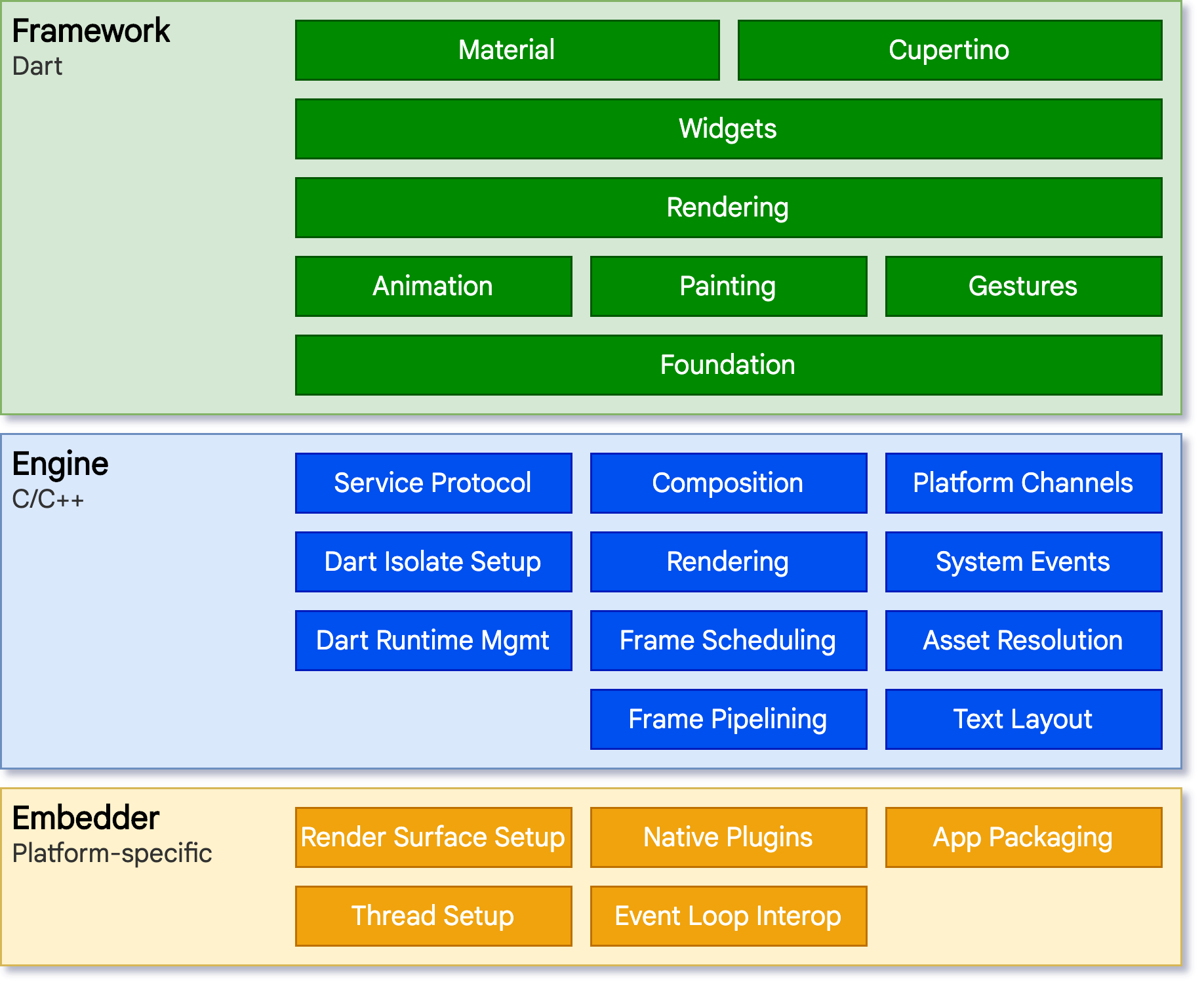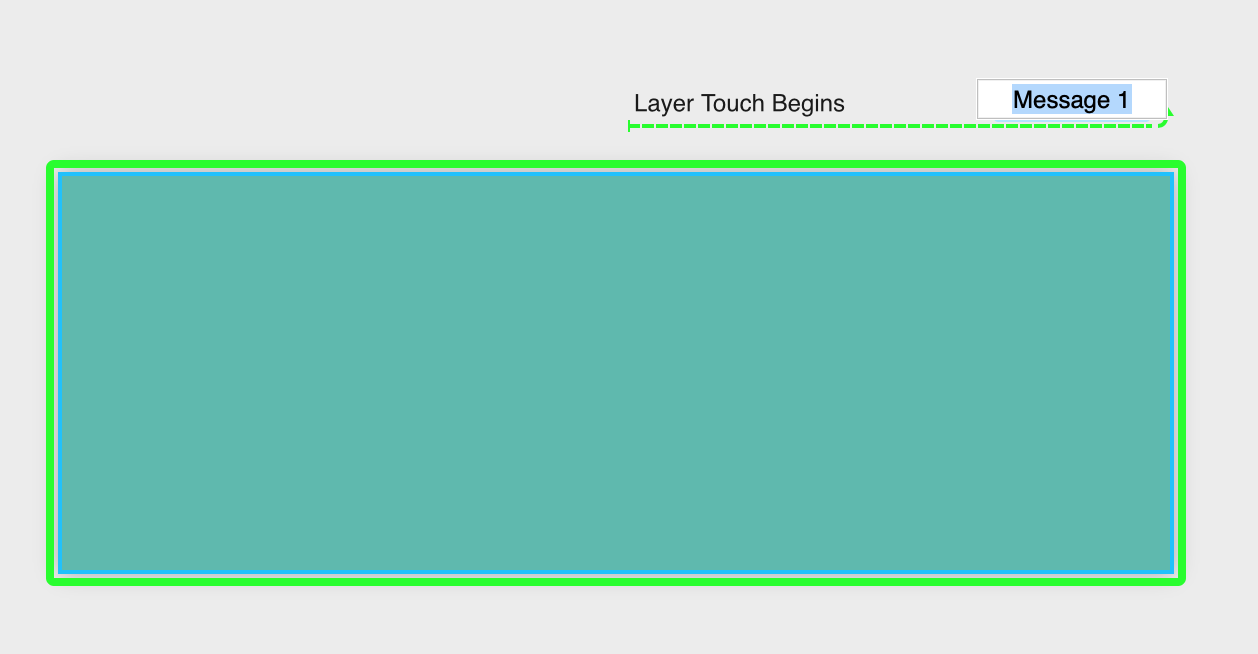

- HOW TO HAVE A COMPONENT TRIGGER AN EVENT IN PRINCIPLE APP HOW TO
- HOW TO HAVE A COMPONENT TRIGGER AN EVENT IN PRINCIPLE APP INSTALL
- HOW TO HAVE A COMPONENT TRIGGER AN EVENT IN PRINCIPLE APP FULL
Now we should see our rendered Web Component working in a React application. In our React application, we will need to create a React Dropdown component to wrap our existing x-dropdown component.

HOW TO HAVE A COMPONENT TRIGGER AN EVENT IN PRINCIPLE APP INSTALL
npm install web-component-essentials -save I published a basic dropdown component to NPM that we can use as an example.
HOW TO HAVE A COMPONENT TRIGGER AN EVENT IN PRINCIPLE APP FULL
Once created we will have a full running React application. To create our app, we run the following commands: npx create-react-app my-app To demonstrate Web Components in React, we will use the Create React App CLI tool to easily create a React application. Wrapper components will allow React to be able to become compatible with our Web Components. To overcome these shortcomings in our example, we will show how we can create thin React wrapper components around our Web Components. React, and the JSX templating syntax it uses treats all custom element properties as attributes incorrectly forcing React users only to use string values without additional work. This synthetic system means Web Component events cannot communicate with React components. Unfortunately, the React event system is a synthetic system that does not use the built-in browser custom events.

React uses a similar mechanism for component communication by passing properties and functions as events between components. Unfortunately React is incompatible with setting properties and listening to custom events in the browser. When using Web Components in Angular or Vue, we simply import the component file or package and use it in the template.Īngular Application using Web Components īoth Angular and Vue have a native binding syntax that allows you to set properties and listen to events on native Custom Elements/Web Components. log (e ) ) Įlements in HTML can communicate via properties, attributes, content slots and events. addEventListener ( 'show', e => console. Web Components can be used anywhere and work just like regular HTML elements when using plain JavaScript.
HOW TO HAVE A COMPONENT TRIGGER AN EVENT IN PRINCIPLE APP HOW TO
We won't go into the implementation of the dropdown component, but if you want more info on how to build your own Web Components, check out the following posts: In this post, we will use a vanilla dropdown Web Component. When using Web Components in other frameworks like Angular or Vue, we get built-in native support. Because of this, React does not have broad support for Web Components/Custom Elements like the majority of other JavaScript libraries and frameworks. React was also created before the Web Components APIs were standardized. React was one of the first JavaScript library/frameworks to popularize component driven architecture. React is a JavaScript library made by Facebook that allows developers to compose UIs with components. This post we will learn how to use Web Components in ReactJS. A new post covering native support for Web Components in React experimental can be found here.


 0 kommentar(er)
0 kommentar(er)
